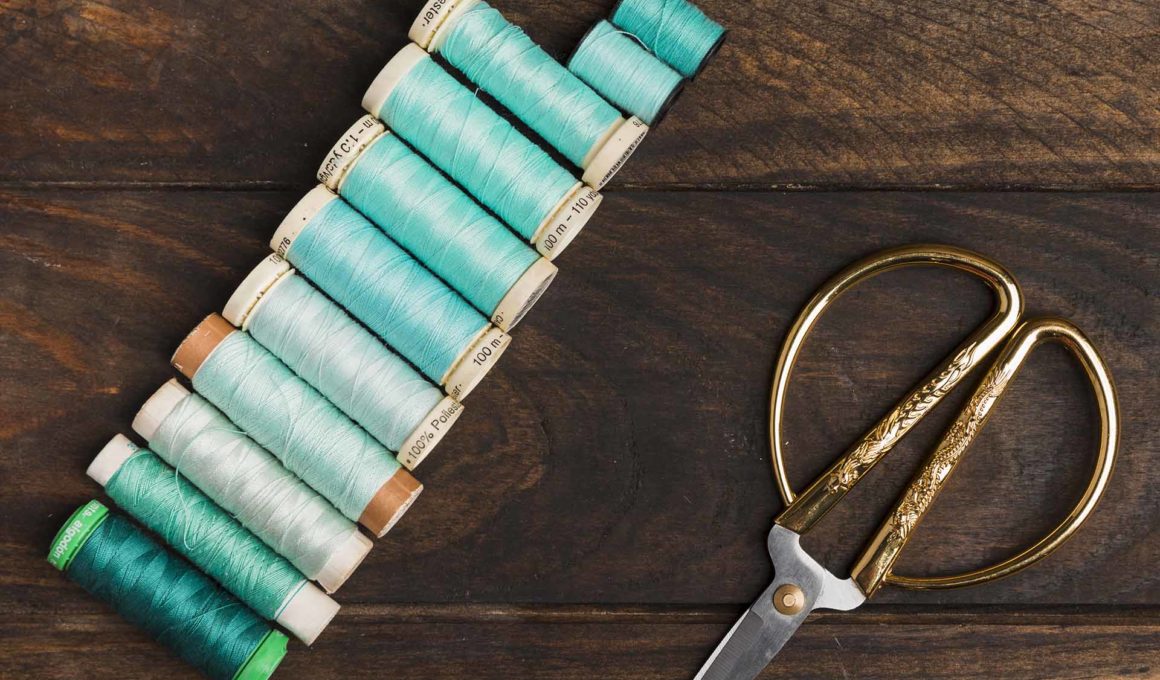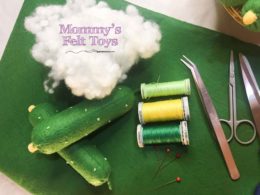Table of Contents
If you want to start a new DIY craft project or even want to earn an extra income in your spare time, know that felt is the perfect opportunity. Working with felt is very simple. But to get started, it is necessary to understand some of the features of this craft, such as knowing which types of felt yarn are most commonly used for sewing felt by hand.
See Also: Basic Types of Hand Embroidery Stitches for Felt
Knowing which felting yarn is suitable for your DIY project is crucial in getting started with felting. In addition, the variety of sewing threads on the market enables different works to be created with felt. In this way, each product gains a unique feature.
See Also: Which Embroidery Thread is Used in Sewing Felt
With so many options on the market, choosing the right thread for your felting sewing project can be daunting, but don’t worry!
This article will know the best yarns you can use for your felting projects. We’ll also go over the many types of sewing threads and how and when to use them.
5 Thread Types for Sewing Felt
1. Sewing thread
The famous sewing thread is available in two versions, polyester thread and cotton thread. Regardless of the material, we know that this kind of thread is very thin. Due to this feature, it is ideal for covering parts that do not require visible spots.
It is more beneficial to use it for small sewing pieces that need to look delicate. It practically disappears into the felt.
Tip: Use double thread to make the stitching more durable. When sewing felt, I prefer to use polyester sewing thread. Cotton thread is best suited for covering items made with cotton fabric.
2. Topstitching thread
Topstitch thread is slightly thicker than ordinary sewing thread, providing a stricter seam. It is well accepted by craftsmen and is perfect for making the most used dots in felt works.
Tip: The topstitching thread does not break easily and does not roll during the sewing process, which is ideal for beginners.
3. Skein Yarn
The same one used for cross-stitching, Skein thread is versatile because it’s beneficial for sewing pieces of different sizes. You can sew in any felt project you want, from felt keychains to pretty wreaths.
In addition, it is available in different colors and shades. While working with skein yarn can be a bit of a challenge at first, there’s no doubt that any apprentice can do a great and exact job with a little bit of calm and practice.
Tip: Just like sewing thread, skein thread can be used with a double line to make the stitch stronger. You only need to pass two threads through the needle.
4. Crochet Yarn
When people think of crochet yarn, they often think of old crochet. However, although thicker yarns are more widely available and becoming increasingly popular, yarn is still a popular fiber choice for crocheters.
People use yarn crochet to make doilies and mandalas, crochet jewelry, and fillet crochet art. They can even use yarn to make detailed crochet blankets in large projects.
The crochet thread, which can also be used for embroidery, is a much thicker thread than the other. As a result, the points made with this thread are more emphasized, making it perfect for finishing larger and less delicate pieces.
Tip: Crochet yarn leaves the pieces in felt with a more distinctive finish and precise details. Therefore, it can cover the parts entirely or just make the details in the finishing step.
5. Kite Thread
If you have children, you probably have a lot of yarn at home, even if you have not worked with crafts before. Kite yarn offers good strength and stiffness. Therefore, it is perfect for applying details such as beads. In addition, you can easily customize your felting project with kite yarn.
Tip: Be careful when applying beads or dark embellishments with kite thread. The same goes for dark felts. Because it’s prominently seen, it can stand out more than you’d like. This contrast can make your felt work look undesirable.
So what thread is best for sewing felt?
As you may have noticed, there are several types of threads for sewing felt, and here we are talking about the most used ones. You can use these tips to choose yarn for the kinds of work you want to do.
Ideally, you should use the felt yarn according to the structure of the piece you want to create. For example, if your felting project is more delicate, use a finer thread. On the other hand, if your felting project is more significant, accentuate the finish with a thicker yarn. In a short time, you will adapt to various types of yarn, constantly according to your needs.
See Also: Which Embroidery Needle is Used in Sewing Felt
However, I recommend using a skein thread or backstitch thread to avoid making mistakes at the beginning. For one, it offers a wide range of colors and leaves every piece with a clean and elegant look. In addition, the latter is tangle-free and provides a more durable seam.
Thread is a critical component of a sewing project, with the quality and type of thread chosen and the strength and hold of the stitches. When choosing yarn, consider the material structure, stretch, shine, thickness, and durability.
In most cases, the thread should be of the same material and weight as the fabric being sewn on. Available in various colors, a line can be chosen to match the fabric color or create a contrasting topstitch. Still, if you plan to dye your fabric, you must select a thread material that can accept the dye color.
Besides following these tips, the most important thing is testing and seeing what type of thread is best for your job.
Leave a comment if you liked the tips and were surprised by the various threads we can use to make felt crafts!













Hi there! I just want to give you a big thumbs up for
your great info you have got right here on this post.
I will be returning to your site for more soon.